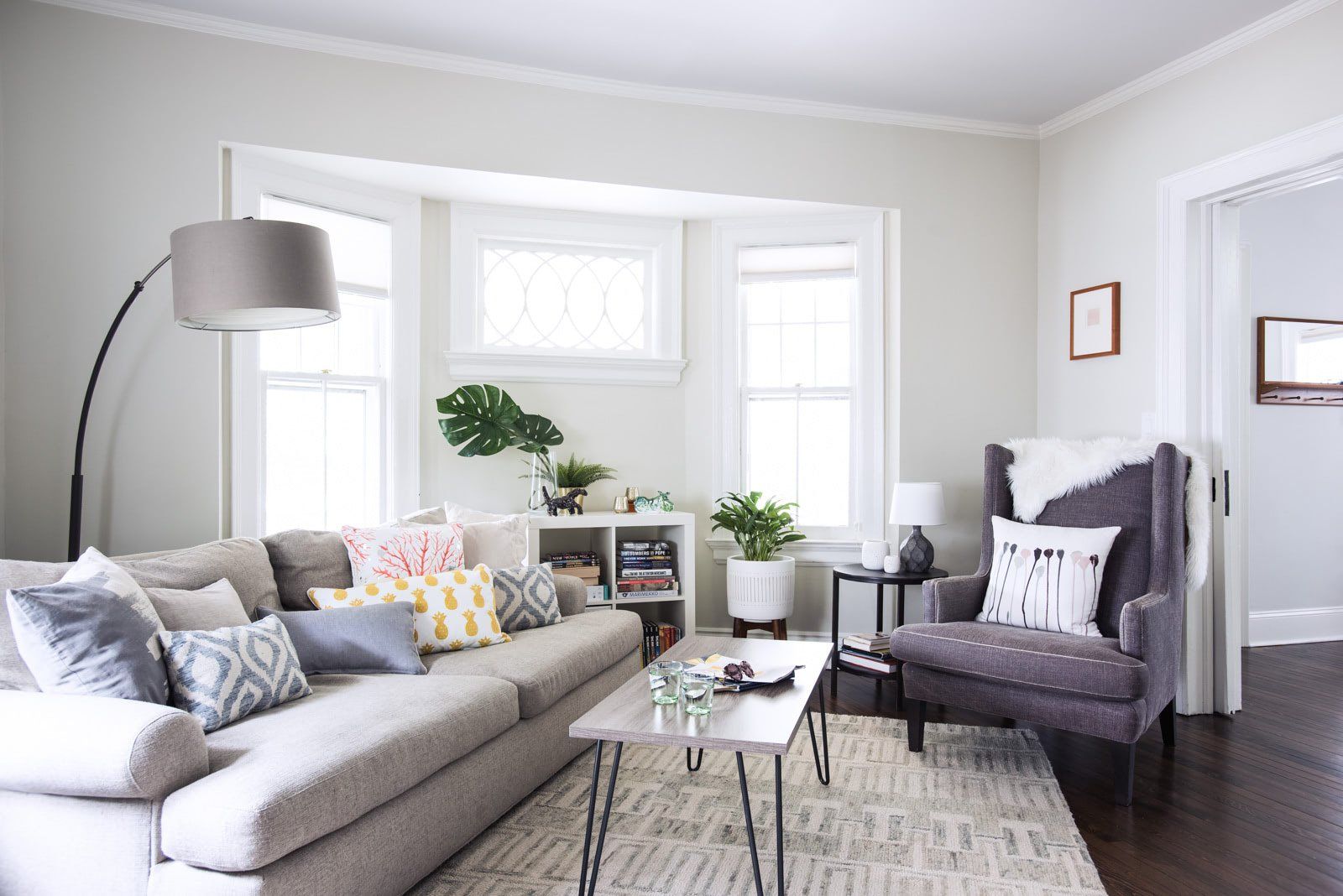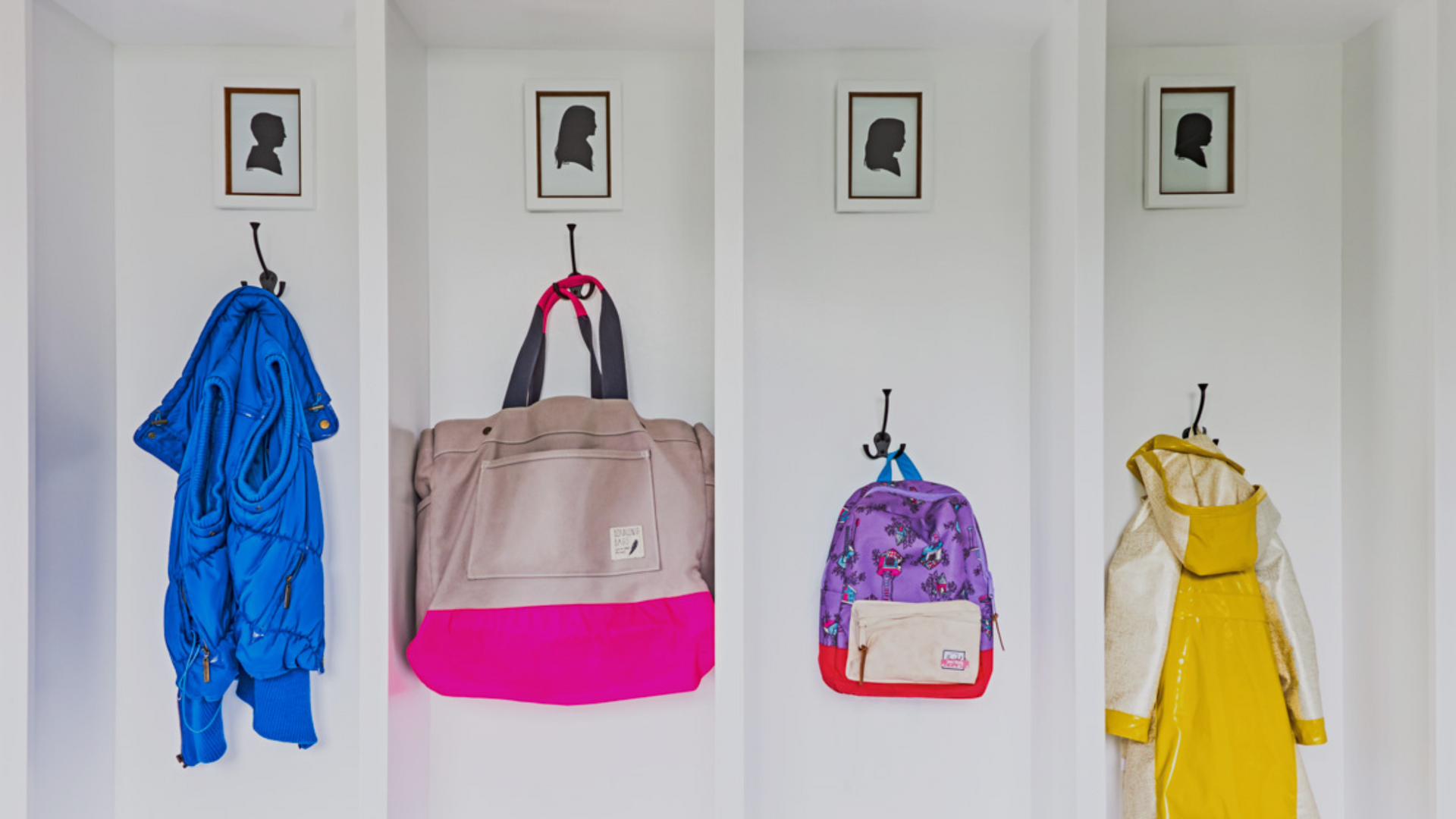
photography by Lisa Russman
When building a home on a budget, be sure to discuss house material cost per square foot with your architect from the very beginning. While lumber, stone, and brick are classic, reliable options, many alternative building materials can help to lower the cost of your home during construction and into the future.
It is also important to remember that house material cost per square foot is just one part of the total equation. There are many variables to consider when deciding which materials you’ll use to build your home. For example, how long are the chosen materials expected to last? What maintenance will the materials require and when? What climates and amounts of natural light can they withstand? How earth-friendly and sustainable are the materials used? Is energy-efficiency and lower utility bills important to you? And, how will the chosen materials affect the labor and construction time needed?
While there are many questions to consider, don’t fret! There are plenty of options that will work for you and your home budget.
House Material Cost Per Square Foot (and Even Lower Cost Alternatives)
In New Jersey, the most common and least expensive house material is lumber. Due to its ease of use, homes with lumber framing are more quickly constructed with lower labor costs.
Also, when considering home finishes such as flooring, reclaimed timber can be even more cost-effective, as old timber is less likely to warp or split. This option is also environmentally friendly!
New Jersey homes are also popular for brick homes, brick siding and interior brick finishes. While slightly more expensive to use than lumber, brick is much more durable and creates both rustic and modern aesthetics when featured properly.
Concrete is not often an option New Jersey home builders consider, but its house material cost per square foot for foundations, framing and even siding can be quite low in the long run. In fact, the cost to construct a home using insulating concrete forms is only slightly higher than if a home builder were to use wooden framing. Durable, customizable, and low maintenance, concrete won’t sprout mold or mildew, saves on heating and cooling bills, and can even lower home insurance costs because it can withstand several natural disasters.
To achieve the concrete look for even less, some home builders have also been warming to the idea of concrete sheets, which are quick to install, sound suppressing, insulating, and weatherproof.
Another incredibly popular option for siding in New Jersey is natural stone due to its rustic yet modern aesthetic and durability. However, because it is more expensive than other options, stone veneer can be used instead to reduce the cost of labor and materials.
Vinyl siding is another great option. It is tricky because traditionally it has looked cheap, though these days, there is much better-looking vinyl siding coming out and you still can’t beat the price.
Fiber cement is composed of wood fibers that are glued together with cement and very good at simulating traditional wood clapboard and shingle siding. It’s not much less expensive compared to natural wood, but fiber cement lasts ‘forever’ and often carries long manufacturer warranties on color. It’s worth looking into.
Lastly, any home using prefabricated panels as opposed to building on-site will reduce costs by 10 to 20 percent. Quick, cost-effective, customizable, and flexible, prefabricated panels can often eliminate material cost overruns, delayed construction due to weather, and on-site waste removal costs.
Consider Long-Term Costs When Building a Home
House material cost per square foot is, of course, greatly affected by the quality of both construction and materials sourced. However, on average, New Jersey homes can cost up to $160 per square foot when all is said and done, according to the National Association of Home Builders.
That is why it is important to speak with your architect not only about commodity pricing when it comes to using materials such as concrete and lumber, but also what is appropriate to use for your lifestyle, the climate in which you live, and your local building codes.
Thanks for installing the Bottom of every post plugin by Corey Salzano. Contact me if you need custom WordPress plugins or website design.
The post Home Building on a Budget? The Best House Materials for the Least Cost Per Square Foot appeared first on Sweebe Architecture.


